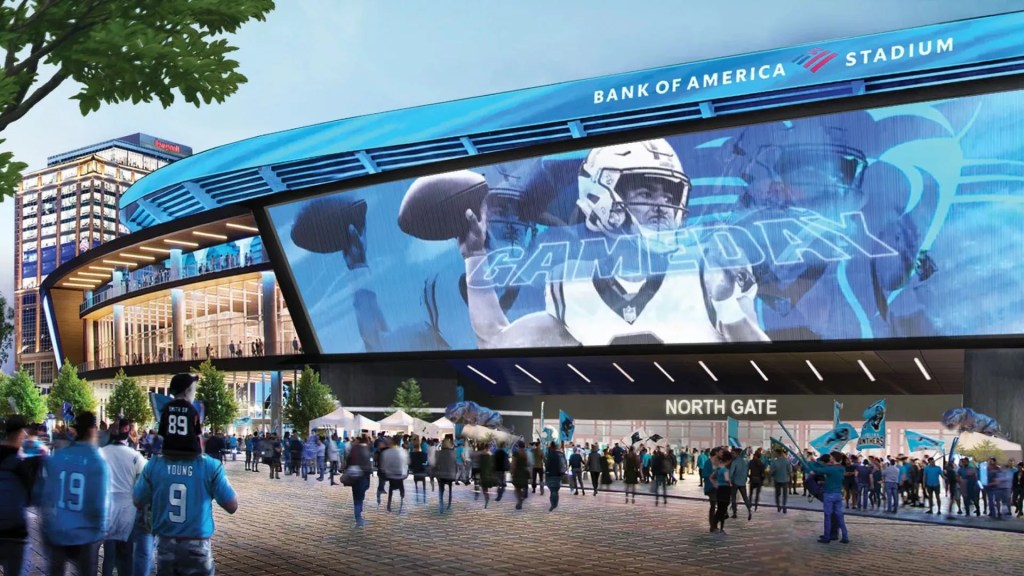College football games are still a couple of months away, but the 2024 season promises to be unlike any other before it.
The NCAA and power conferences are close to a historic, $2.7 billion settlement that could see revenue be shared with players. Meanwhile, the College Football Playoff is expanding from four to 12 teams, in a move that is already impacting the sport off the field, and even touching the NFL’s business, too.
With the impending changes creating plenty of uncertainties, Front Office Sports caught up with one of the most plugged-in people when it comes to college football’s postseason: Nick Carparelli, who is the executive director of Bowl Season, the organization that oversees more than 40 bowl games each year.
NIL Bowl Game Contracts for All?
Snoop Dogg, who will sponsor this year’s Arizona Bowl, recently announced the game will become the first to provide name, image, and likeness deals to competing players. Could that model be the new norm for all bowl games? “That’s a decision that’s up to each individual bowl game,” Carparelli explains. “But I think we would all be naive to think that that’s not right around the corner for everybody.”
Last season, bowl games were riddled with players dropping out, either to prepare for the NFL draft or enter the transfer portal to find a new school. NIL contracts could keep more players in those postseason contests, but finding the funding could be complicated.
“Any payments to student athletes for participation in bowl games would need to be a shared initiative between the bowls, the conferences, and the institutions themselves,” Carparelli says, noting the millions of dollars already being shelled out. “If the conferences and the universities were to tell the bowl games, ‘Hey, we would like these payments to go directly to the student athletes through NIL,’ then that would be very easy for the bowl games to execute.”
Breaking From Tradition
This year’s bowl game schedule was recently released, and it looks different than years past because of the expanded CFP. Three first-round playoff games fall on Dec. 21, which is the third Saturday of the month that would typically kick off the bowl festivities with seven contests. As a result, Carparelli explained why Bowl Season moved some games up a week to Dec. 14, which is the Saturday that Army-Navy usually has to itself.
“[That] was a big decision that we did not take lightly,” Carparelli says. “At the end of the day, our hand was forced, with the new College Football Playoff schedule, to put some games on that day. But we were very, very careful to make sure that we did not infringe upon that exclusive TV window.”
Call for Unification
First-round CFP games will take place on schools’ campuses, but Carparelli said they should ditch that approach and become part of Bowl Season. “We feel that the entire College Football Playoff should be played in the neutral-site environments that bowl games offer,” he says. The CFP quarterfinals and semifinals will be played as New Year’s Six bowl games.
CFP expansion beyond 12 teams has already been considered, but the new format’s debut is still on everyone’s mind—especially bowl game organizers. “We will be curious observers as to how this first year of on-campus CFP games goes,” Carparelli says.











